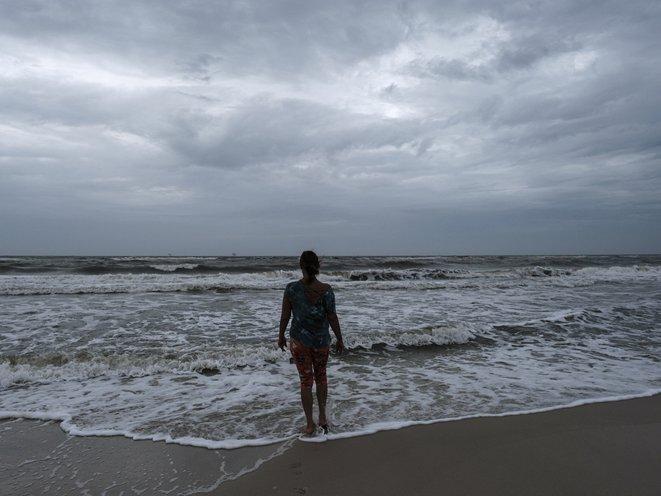going to go out. In the area that I was, there was rain in the forecast and I have two different weather apps on my phone. One of them said it's going to start raining within the hour and the other one said it's going to start raining in about two hours. Why does that happen?
Sally Ann: First of all can I just say I think it's great that folks use apps, I certainly use them myself. I am the mother of four and we had a big soccer game on Saturday [unintelligible 00:04:06] soccer my son's playing for him. I, like you, was paying attention to everything I could to find out how much weather gear I should bring quite frankly. I came ready for the worst. It worked out that where we were in Queens because it was against St. John's. It ended up being in a spot that did not get as much precipitation as a lot of the computer models were suggesting areas just to the north and west we're going to get. There are other more detailed mezzo scales as we call them meteorology models to look at to predict thunderstorms within a small radius several miles wide. Yes, you do have to know your apps Brian let me encourage you to use the NY1 app that really takes care of the five boroughs wonderfully.
Brian Lehrer: When the apps these days get so specific to your neighborhood. I can get a forecast for Inwood or I can get a forecast for Washington Heights, the next neighborhood down in Upper Manhattan. How do they get that precise?
Sally Ann: That is a computer modeling quite frankly and it really is like I said to you it's a science, but it's an inexact science. What we're really gauging our perspectives on are where that stream of moisture in the upper level of the atmosphere will land. Sometimes I know it's happened for myself, the soccer fields are not that far from our home, a few miles away. It could be pouring there and the game has called off and I'm at home going, why did they call for the game?
That is the most difficult part about forecasting is trying to get it within a few miles and really quite frankly you can't. You do your best and that is why sometimes people when they hear something like, oh, there's a 30% chance of rain and somebody would say, oh, but it didn't rain in my area, their forecast was wrong. In 70% of the area, it did. It was more widespread so we give percentages based on what the chances are where you will be.
Brian Lehrer: You work for a few different news stations I see. I see you on NY1, I guess you're on some other places too. Can you explain if different news directors asked for different weather coverage from somebody like you?
Sally Ann: That's funny that you say that. Yes, without a doubt. What comes to mind is not my New York example, but I was working in Pennsylvania and in the Philadelphia station in that market. One of the news directors who had held from New York at one point was now working in Philadelphia and he actually, if you would say there was a chance of let's say two to six inches of snow, he would tell his producers this is what you need to tease. There could be half a foot of snow, where? Now that was the extreme part of it. The same news director also like the idea and subscribe to a service that provided weather cast 365 days out. What? Really was crazy.

